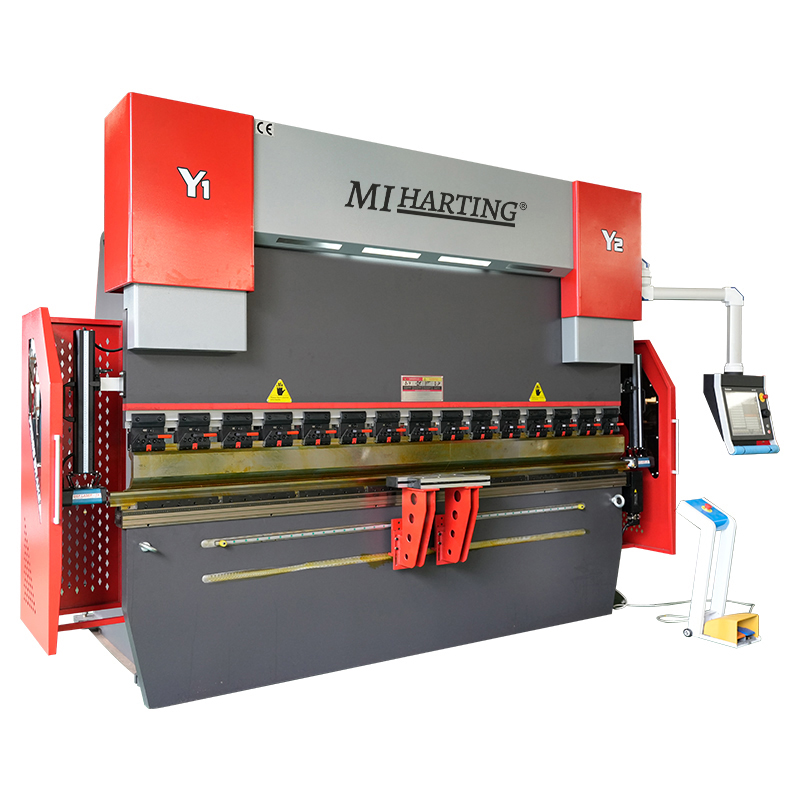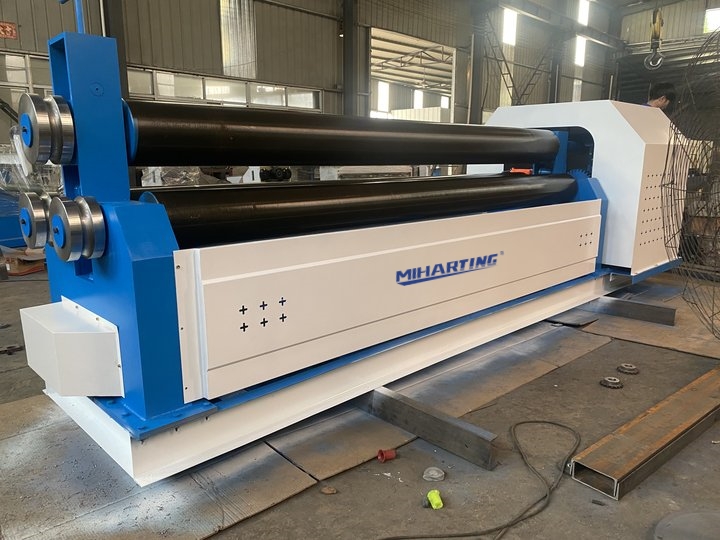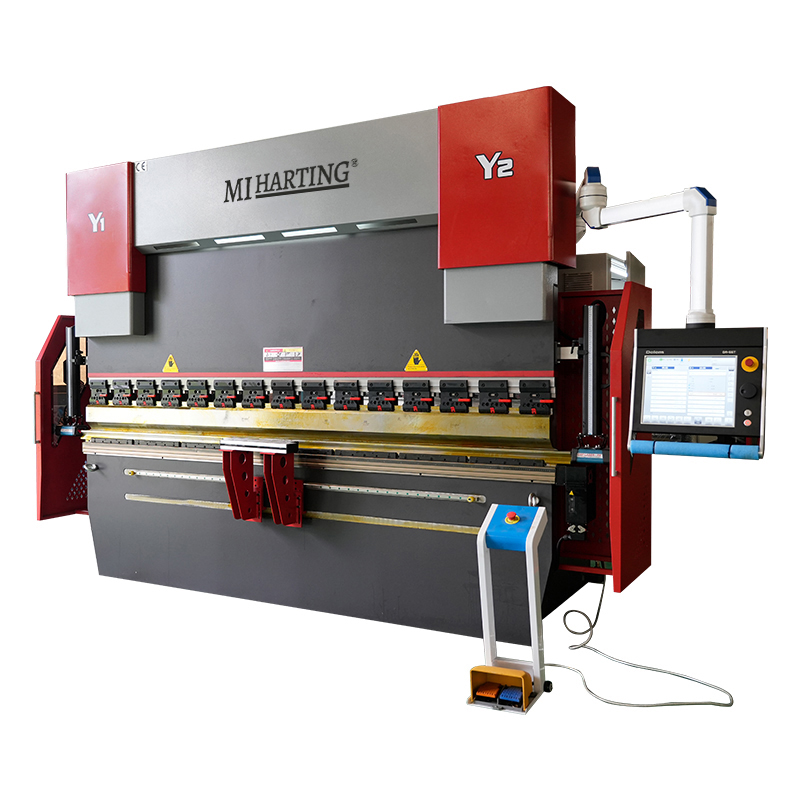Pain Points of CNC Hydraulic Bending Machines
- Inaccuracy: Bending deviations can result in part misalignment and reduced product quality.
- Slow production: Manual setup and workpiece positioning can lead to significant delays.
- Excessive scrap: Incorrect bending parameters can cause irreversible material damage and increased waste.
- Operator safety: Unattended machines pose risks of injury or entrapment.
- High maintenance costs: Improper handling and inadequate lubrication necessitate frequent repairs.
- Lack of automation: Manual operation limits productivity and efficiency.
Understanding Accuracy in CNC Hydraulic Bending
Precision in CNC hydraulic bending refers to the ability of the machine to produce bends with minimal deviation from specified angles. This accuracy is crucial for applications requiring high-tolerance parts, such as in aerospace and automotive manufacturing.

Factors Affecting Accuracy
Numerous factors contribute to bending accuracy, including:
- Machine calibration: Regular calibration ensures optimal performance and prevents errors.
- Die and punch selection: Appropriate die and punch profiles minimize material distortion.
- Material properties: Springback and material thickness impact bending accuracy.
- Bending pressure: Excessive pressure can cause material deformation and angle deviation.
- Operator skill: Experienced operators can compensate for potential inaccuracies.
Strategies for Enhancing Accuracy
- Use high-quality dies and punches: Precision-ground tooling reduces material slippage.
- Optimize bending pressure: Use load cells to monitor pressure and ensure optimal bending.
- Minimize material springback: Select materials with low springback properties.
- Employ advanced control systems: CNC controllers with closed-loop feedback ensure precise positioning.
- Regularly calibrate the machine: Periodic calibration maintains machine accuracy and compensates for wear.
Boosting Productivity with CNC Hydraulic Bending
Productivity in CNC hydraulic bending involves maximizing output while maintaining quality and efficiency. This requires a combination of machine optimization and process streamlining.
Factors Enhancing Productivity
- Automated operation: CNC systems allow for unattended bending, freeing up operators for other tasks.
- Fast setup times: Quick-change tooling systems minimize downtime between bends.
- High bending speeds: Advanced hydraulic systems provide rapid bending cycles.
- Reduced scrap: Precise bending minimizes material waste and improves product yield.
- Optimized workflow: Efficient material handling and workpiece flow increase productivity.
Strategies for Increasing Productivity
- Invest in automation: CNC systems with automatic bending programs reduce operator intervention.
- Utilize quick-change tooling: Minimize setup times and increase flexibility.
- Monitor machine performance: Analyze production data to identify areas for improvement.
- Train operators: Skilled operators can optimize machine utilization and reduce errors.
- Implement lean manufacturing principles: Streamline workflow and minimize waste.
Prioritizing Safety in CNC Hydraulic Bending
Safety is paramount in CNC hydraulic bending operations to prevent injuries and ensure operator well-being. Several measures can be implemented to enhance safety.
Safety Considerations
- Operator training: Thorough training is essential for operating CNC bending machines safely.
- Machine guarding: Physical barriers and safety interlocks prevent unauthorized access to hazardous areas.
- Emergency stops: Easily accessible emergency buttons allow operators to quickly shut down the machine.
- Foot pedals: Hands-free operation reduces the risk of injury.
- Clean work environment: Maintaining a clean and organized work area minimizes tripping hazards.
Safety Measures
- Implement operator certification programs: Require operators to demonstrate proficiency before operating the machine.
- Install photoelectric sensors: These devices detect personnel in hazardous areas and trigger machine shutdown.
- Use two-handed controls: Require operators to use both hands to initiate bending cycles, reducing the risk of inadvertent activation.
- Conduct regular safety audits: Identify potential hazards and implement corrective actions.
- Provide personal protective equipment (PPE): Supply operators with safety glasses, gloves, and hearing protection.
Maintaining CNC Hydraulic Bending Machines for Optimal Performance
Regular maintenance is essential for ensuring the longevity and reliability of CNC hydraulic bending machines. Proper maintenance practices can prevent costly repairs and minimize downtime.
Maintenance Importance
- Extends machine lifespan: Regular maintenance prevents premature wear and failure.
- Improves reliability: Scheduled maintenance ensures optimal performance and reduces the risk of breakdowns.
- Minimizes downtime: Proactive maintenance identifies potential issues before they cause significant disruption.
- Reduces operating costs: Regular maintenance prevents major repairs and prolongs machine usage.
- Maintains safety: Proper maintenance ensures that safety features are functioning correctly.
Maintenance Schedule
- Daily: Lubricate moving parts, check fluid levels, and inspect for leaks.
- Weekly: Clean the machine, inspect filters, and tighten bolts.
- Monthly: Calibrate the machine, check hydraulic pressure, and monitor bending accuracy.
- Quarterly: Perform a thorough inspection, including electrical components and fluid systems.
- Annually: Conduct a comprehensive overhaul, including major component replacement.
Optimizing Cost-Effectiveness in CNC Hydraulic Bending
Cost-effectiveness is a crucial consideration for CNC hydraulic bending operations, as it directly impacts profitability. By implementing efficient practices and minimizing operating costs, businesses can improve their financial performance.
Cost Factors
- Machine acquisition: Capital investment for purchasing the machine.
- Operation: Energy consumption, tooling costs, and maintenance expenses.
- Labor: Operator wages and training costs.
- Materials: Material costs, including scrap and rejects.
- Overhead: Factory space, utilities, and administrative expenses.
Strategies for Cost Optimization
- Purchase energy-efficient machines: Look for machines with energy-saving features, such as variable-speed drives.
- Utilize quick-change tooling: Reduce downtime and material waste.
- Train operators effectively: Skilled operators can maximize machine utilization and reduce errors.
- Negotiate favorable prices: Explore bulk discounts and long-term contracts with suppliers.
- Implement a preventive maintenance program: Proactive maintenance prevents major repairs and extends machine lifespan.






